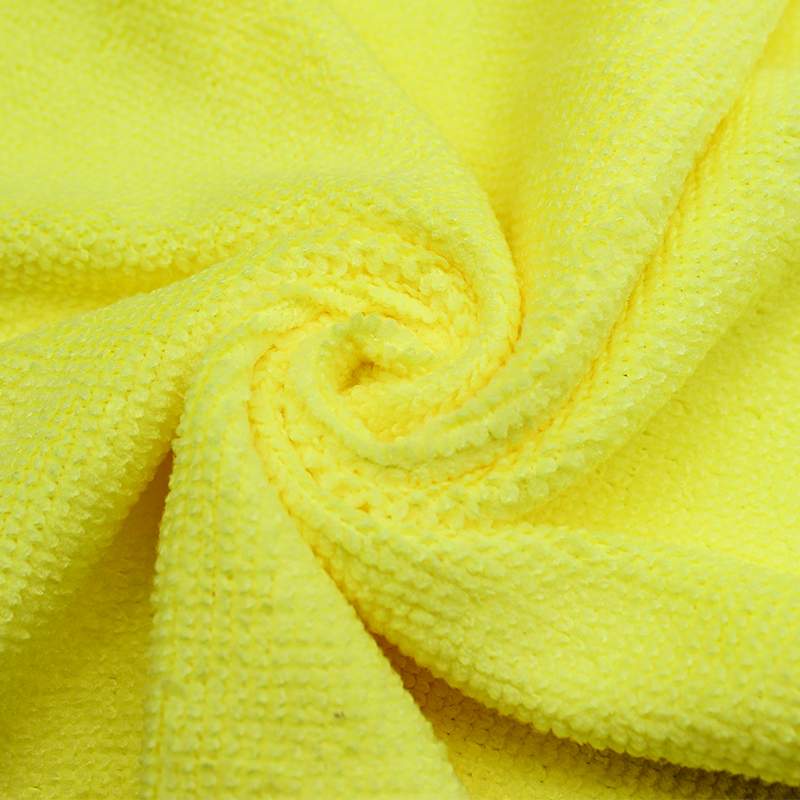WHAT THE HECK ISMICRO FIBER FABRIC CLOTH ANYWAY?
This can be so confusing because everything is so… well, microscopic! The short version is that micro fiber fabric cloth an ultra-fine synthetic fiber consisting most often (at least in the cleaning business) of polyesters, and potentially a smaller proportion of polyamides.
micro fiber fabric cloth , as the name implies, are made up of microscopic fibers—specifically, less than one denier. To give you an idea of how small that is, each fiber in micro fiber fabric cloth is two times finer than silk, three times finer than cotton, eight times finer than wool, and one hundred times finer than a human hair. That’s some thin fiber!
These micro fiber fabric cloth can ultimately be woven or non-woven, and are unique because of their absorbency, ability to pick-up bacteria, quick-drying and non-linting properties.

ULTRA-ABSORBENT & NON-LINTING
This unique asterisk shape described above also means micro fiber fabric cloth is ultra-absorbent, which makes it perfect for cleaning surfaces, sopping up spills, and even drying you and your hands. At Maker’s Clean our industry leading micro fiber fabric cloth were designed to be super thick—weighing in at a whopping 350 GSM—meaning they can hold approximately 8 times their weight in water!
micro fiber fabric cloth are also non-linting, which means they leave no streaks or fibers behind. You can even find special weaves designed for cleaning delicate surfaces like glass and electronics.
THE BACTERIA TRAPPER
During the manufacturing process these micro fiber fabric cloth are split into a multi-stranded fiber, which appears similar in shape to an asterisk. This unique pattern is unparalleled in its ability to pick up and trap microscopic materials (dust, debris, bacteria, etc.) compared to its cotton counterpart.
A study at UC Davis found that in a hospital setting “after a surface was cleaned with conventional tools, a bacteria culture showed a 30-percent reduction, while micro fiber fabric cloth materials reduced bacteria by 99 percent”.
In short, most traditional materials simply push debris around, where microfber actually traps and removes it.